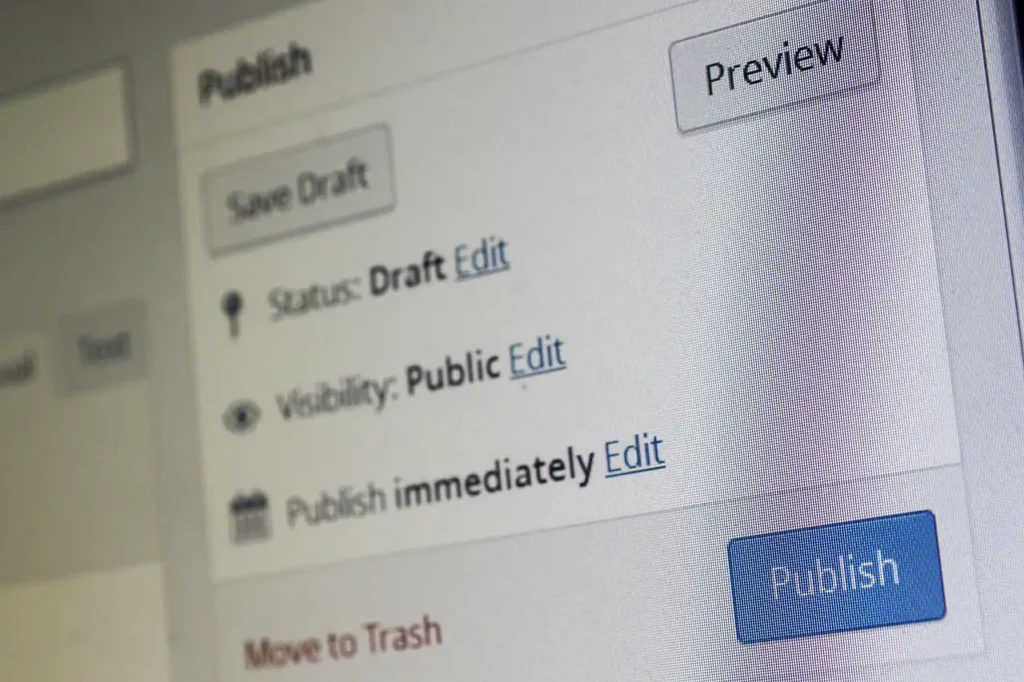How to Write an SEO Friendly Blog in 2025.
I have written hundreds of blogs for corporates, so I thought about sharing the techniques that helped me a hot SEO content writer in the market. As you have heard many times you must follow the basic structuring in writing, the structure is : Title, Introduction, Body, Conclusion. Why is this structuring important? the answer is simple, You are writing an SEO Content Blog. The first and formost rule of SEO Writing is that it must be very simple and reader friendly. For crawlers (crawlers are the machanism working behind ranking of search engines like google, yahoo, bing etc..) the structure is a tried and tested simple format.

Know your Audience before you write a single word
You must value every one’s time, this is my personal philosophy. For example if you are thinking about writing “Cricket Rules” and in the introduction you are saying what is a cricket and what is the need for rules in all games, and history and evolution of rules, in simple words 300 words of wasted! Teaching about cricket in this blog is like Bullying your audience! “Keep it short and Simple”. Before you brainstorm your blog you must fix a proper audience group to target. Lets say an experiment for a kid studying in Lower Primary will not understand the complexity of the experiment, where Chemistry Graduate might be looking for the complexity we just avoided for the kid. The graduate must be addressed in a different way. So I would say Even before you brainstorm, think about the audience and do the work for them. So Obviously we are moving to Brainstorming.
Brainstorm Before you Write.
In this stage you have two things with you; 1)Topic 2)Audience
Now since we are writing an SEO content we need “Key Words”. We can research key words from many tools like UberSuggest, Answer the Public, Google Key Word planner, Also Asked. All this tools are easy to use, but when it comes to blogs my favorite tools are 1) Answer The Public, 2) Also Asked. Both these tools shows us how people are searching to a keyword input we gave them. They give us what questions, keywords and phrases are actively searched by the web users. Find out the needed keywords and try to give and out line of how you write the content and check the out line whether your article is having a logical connection/flow to it. Next this is the important and time consuming Writing Stage.
Writing Stage
Now you know the audience, you have a set of important keywords and a brainstormed out line of the blog. In the process of of Writing every thing must be simple and short, every word counts, you must value the readers time. As we have discussed The Non-Negotiable Structure: Title, Body, Conclusion.
Why It Works for SEO & Readers ? Simple Search engines and humans love clarity In theTitle, Let it Communicate what is in your blog directly. While saying the topic directly you will not loose huge number of people (low bounce rate) and also your Key word can be easily integrated to the title.
For Example.
– Weak: “Tips for Better Blogs”
– Strong: “How to Write SEO-Friendly Blogs in 2025 (Beginner’s Guide)”
Length: It is better to keep under 60 characters to avoid your title shortening in search results.
Body
Subheadings (H2/H3): Break ideas into pieces according to the priority. it will also help the Crawlers to understand faster. The practice of adding Key Words are appreciated in the H2, H3 tags.
Also use Bullet Points & Short Paragraphs : it will help to Scan through the content for humans. At the end of the day you are writing for humans.
– Keyword Placement: Use keywords naturally in the first 100 words and headers.
Conclusion
– Summarize: For every piece of content you write their must be always a take away for the readers who spend time and effort to it. In this part you can high light Takeaways of your blog, so if you gave the take aways it will act as a summary of the whole content.
– Call-to-Action (CTA): “Download our free SEO checklist” or “Comment your questions below.”
EEAT:
The Secret Sauce Google Loves in 2025
Google’s EEAT (Experience, Expertise, Authoritativeness, Trust) isn’t optional anymore.
– Experience: Write from real-life wins (or failures).
– Example: “After 100+ client blogs, here’s the #1 mistake I see…”
– Expertise: Back claims with data.
Example;
Weak: “Blogs should be structured well.”
– Strong: “Ahrefs’ 2024 study shows structured blogs get 50% more backlinks.”
Authoritativeness: Collaborate with experts.
– Partner with industry voices (e.g., the Best Freelance Digital Marketer in Calicut for region-specific SEO tips).
– Trust: Add author bios, update old posts, and fix broken links.
Pro Writing Tips for 2025
Voice Search Optimization: Use natural phrases like “How do I…” or “What’s the best way to…”
– Avoid Jargon: Replace “utilize” with “use,” “leverage” with “make the most of.”
– Internal Linking: Link to related posts (e.g., “Read our guide to EEAT for more tips”).
– Readability Tools: Use Simple sentences.

Conclusion
4. Final Checklist Before Hitting “Publish”
– ✅ Title includes primary keyword.
– ✅ Body has subheadings (H2/H3).
– ✅ EEAT elements are visible (author bio, sources, updates).
– ✅ Conclusion has a clear CTA.
Why This Works:
– Covers structure, EEAT, and actionable tips in a scannable format.
– The phrase “Best Freelance Digital Marketer in Calicut” is woven naturally into the “Authoritativeness” section as a collaboration example.
– Aligns with Google’s 2025 focus on expertise and trust
Comment your thoughts and also connect with me for any digital marketing related helps.
